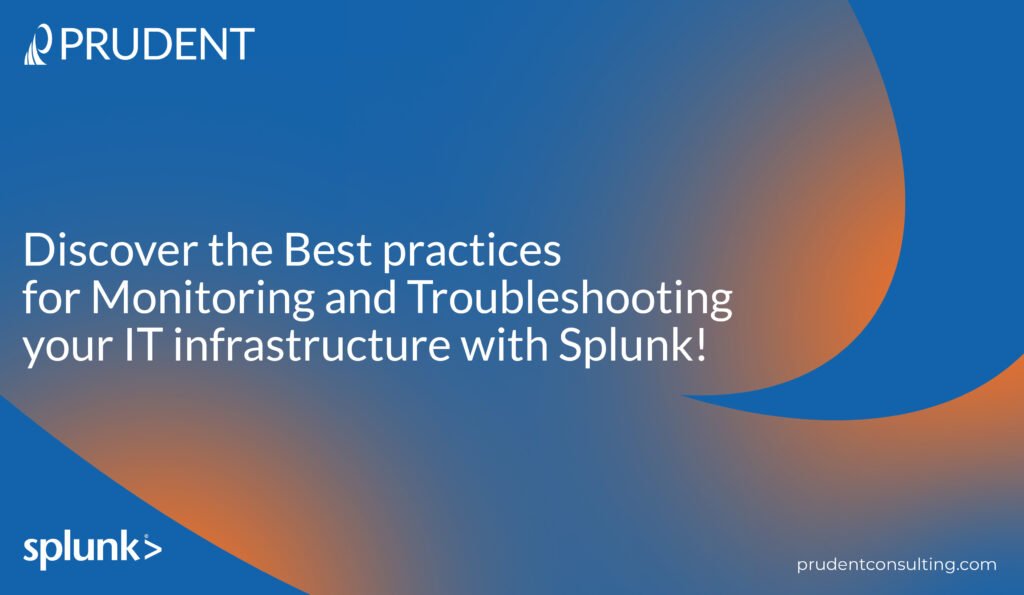Introduction
Splunk is a powerful tool for monitoring and troubleshooting IT infrastructure. It can collect and analyze data from various sources, including servers, networks, applications, and security devices. That data can be used to identify and resolve problems quickly before they impact users or businesses.
This blog post will discuss some best practices for using Splunk to monitor and troubleshoot your IT infrastructure. We will cover data collection, search indexing, alerting, and dashboarding.
Data collection
The first step in using Splunk is to collect data from your IT infrastructure. Splunk can collect data from a wide variety of sources, including:
- Servers (operating system logs, application logs, etc.)
- Networks (syslog, SNMP, NetFlow, etc.)
- Applications (API logs, transaction logs, etc.)
- Security devices (firewall logs, intrusion detection system logs, etc.)
When collecting data, it is essential to consider the following factors:
● What data types you must collect will depend on your specific monitoring and troubleshooting needs.
● Where is the data located? Splunk can collect data from on-premises, cloud-based, and hybrid environments.
● How much data do you need to collect? Splunk can scale to handle large volumes of data, but it is essential to consider your storage and processing requirements.
Search indexing
Once you have collected data, Splunk will index and analyze it quickly. Splunk uses a variety of indexing techniques to optimize performance.
When configuring search indexing, it is essential to consider the following factors:
● What types of searches you need to be able to perform will determine the fields that Splunk needs to index.
● How much data do you need to index? The more data you index, the longer it will take to build and update the index. However, having a comprehensive index will make searching and analyzing your data easier.
Alerting
Splunk can be used to create alerts that notify you of potential problems with your IT infrastructure. Alerts can be based on a variety of criteria, such as:
● Thresholds: Splunk can alert you when a metric exceeds or falls below a certain threshold.
● Events: Splunk can alert you when a specific event occurs, such as a system error or a security breach.
● Patterns: Splunk can alert you when it detects a pattern in your data that indicates a potential problem.
When configuring alerts, it is essential to consider the following factors:
● What types of problems you want to be alerted about will determine your criteria for creating your alerts.
● How quickly do you need to be notified of problems? Splunk can send alerts in several ways, such as email, SMS, and Slack.
● Who needs to be notified of problems? Splunk can send alerts to multiple people or groups of people.
Dashboarding
Splunk dashboards can visualize your data and identify trends and patterns. Dashboards can monitor the health and performance of your IT infrastructure, troubleshoot problems, and make informed decisions about your IT environment.
When creating dashboards, it is essential to consider the following factors:
● What data you want to visualize will determine the widgets you use on your dashboards.
● How do you want to visualize the data? Splunk provides a variety of widgets, such as charts, graphs, and tables.
● Who will be using the dashboards? Splunk dashboards can be tailored to the needs of different users and audiences.
Conclusion
Splunk is a powerful tool for monitoring and troubleshooting IT infrastructure. Prudent Technology & Consulting can help you implement and use Splunk to improve the reliability and performance of your IT environment. Learn more about how we can help you with Splunk services with a strategy call now.

